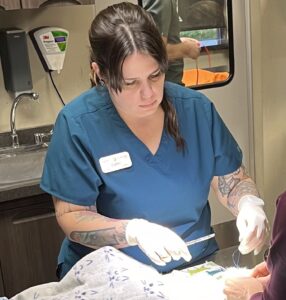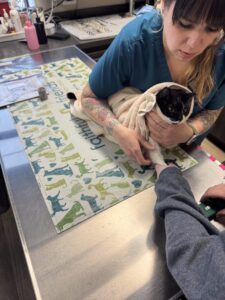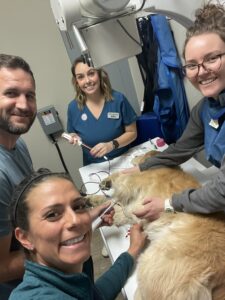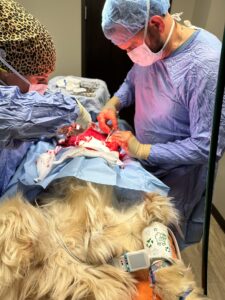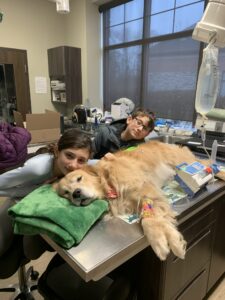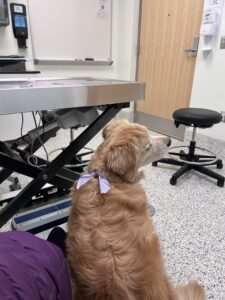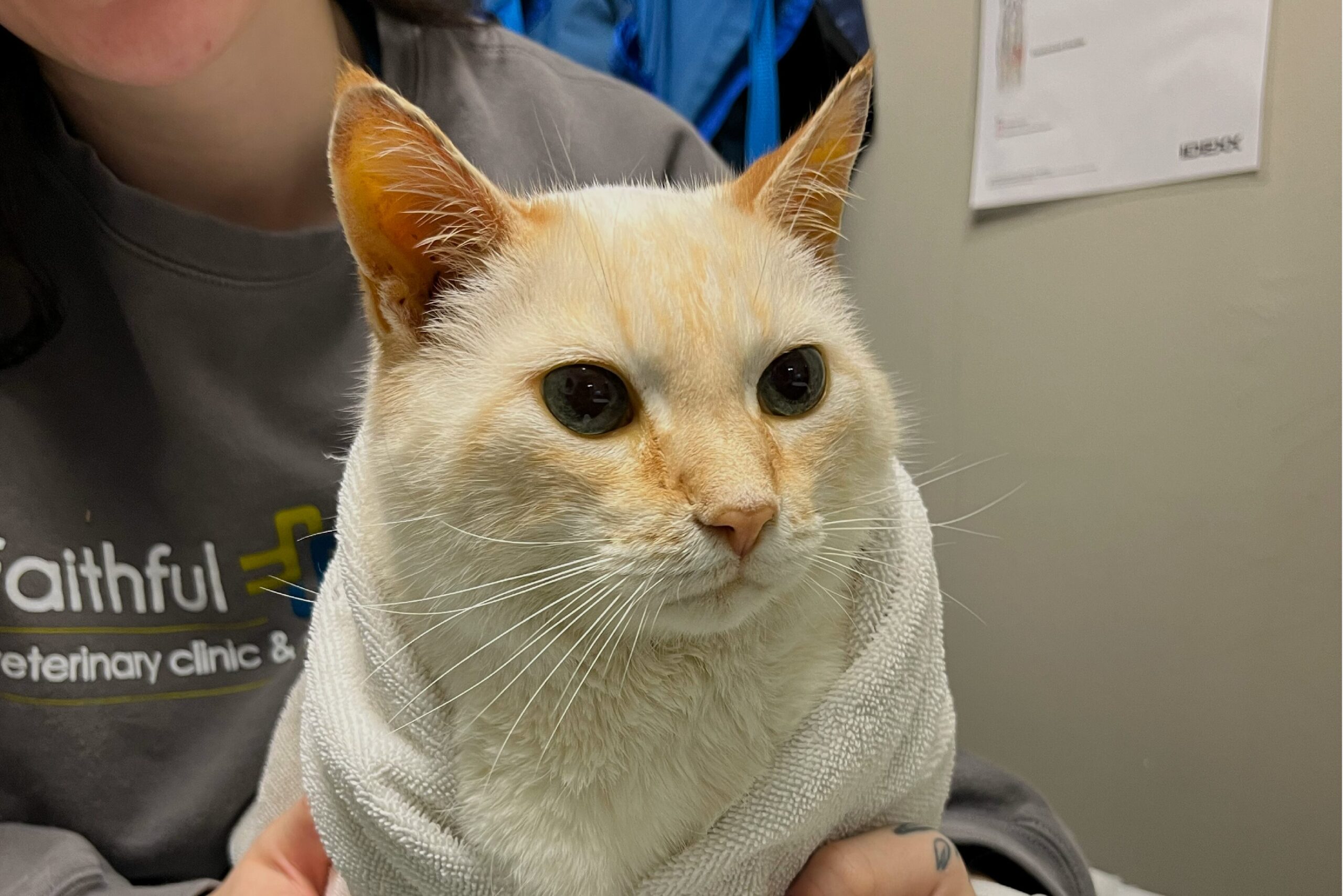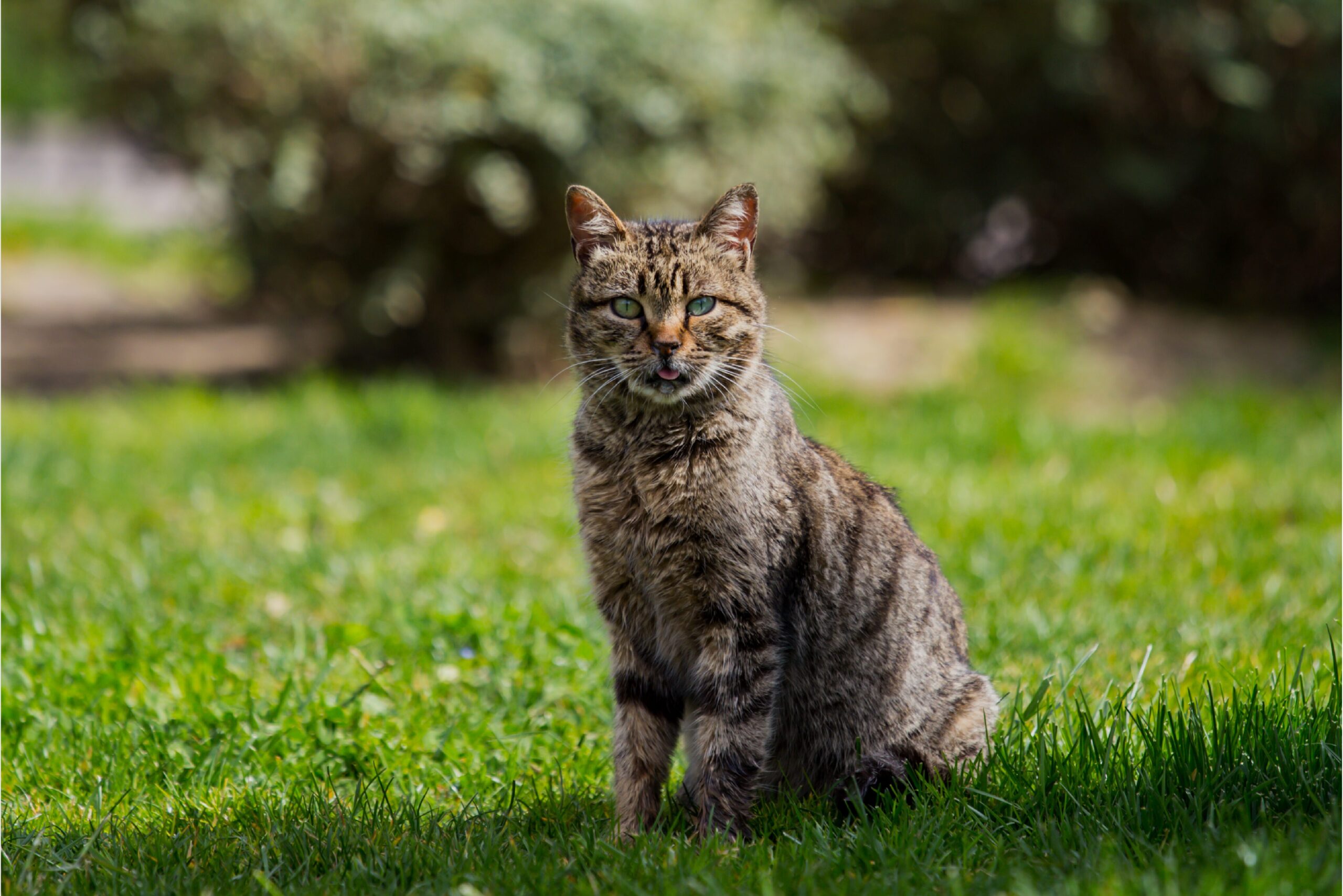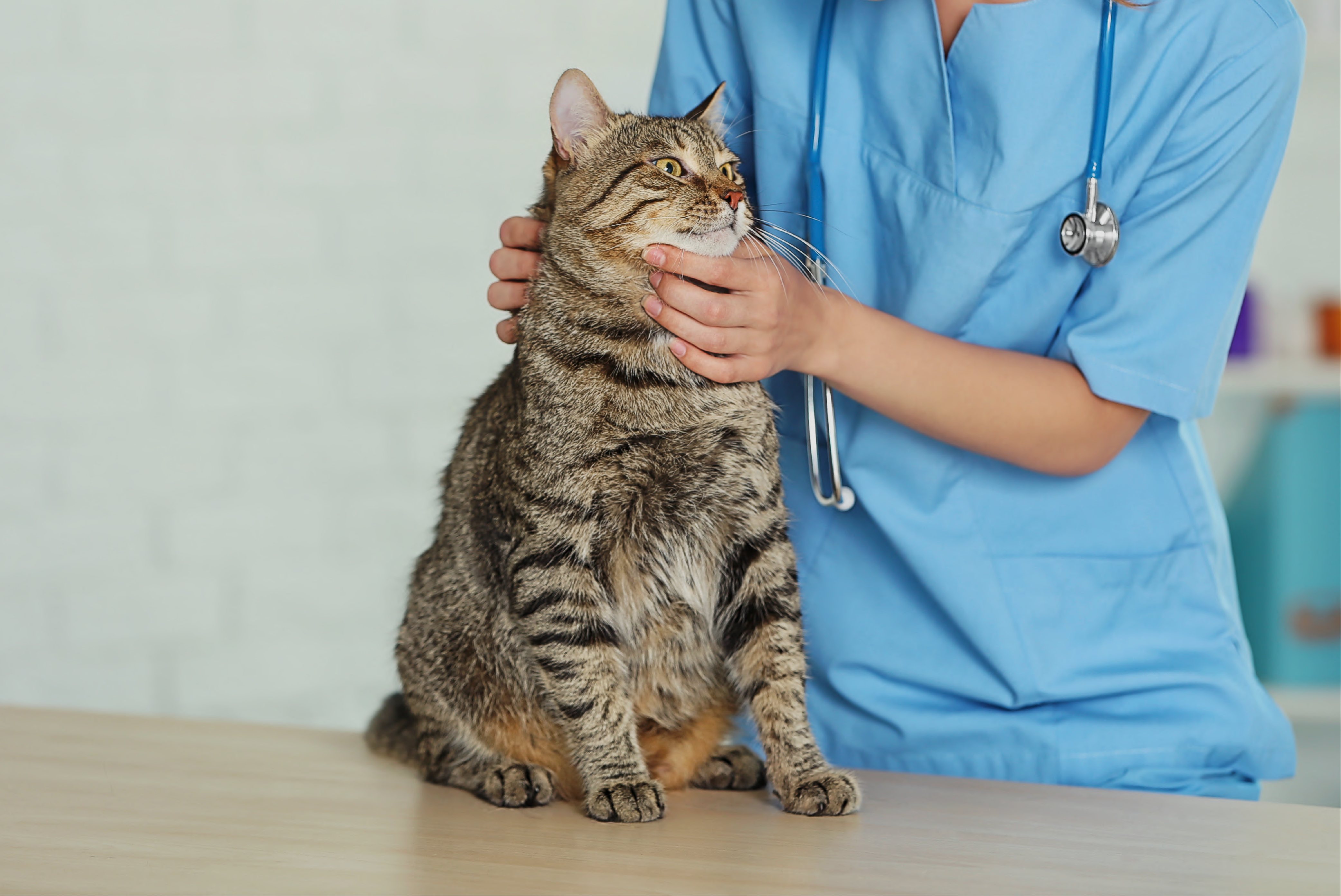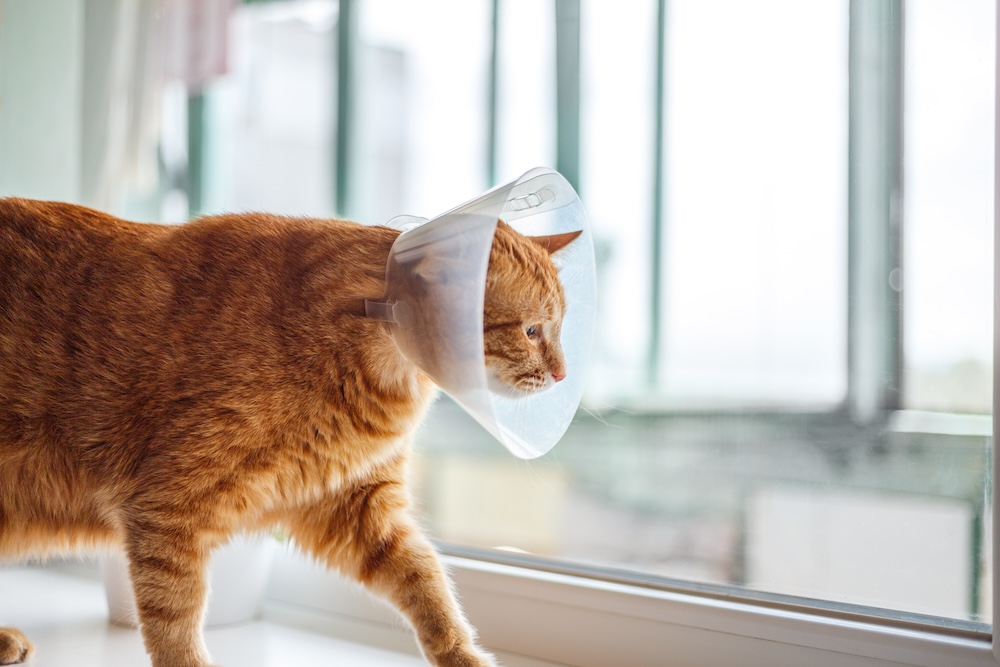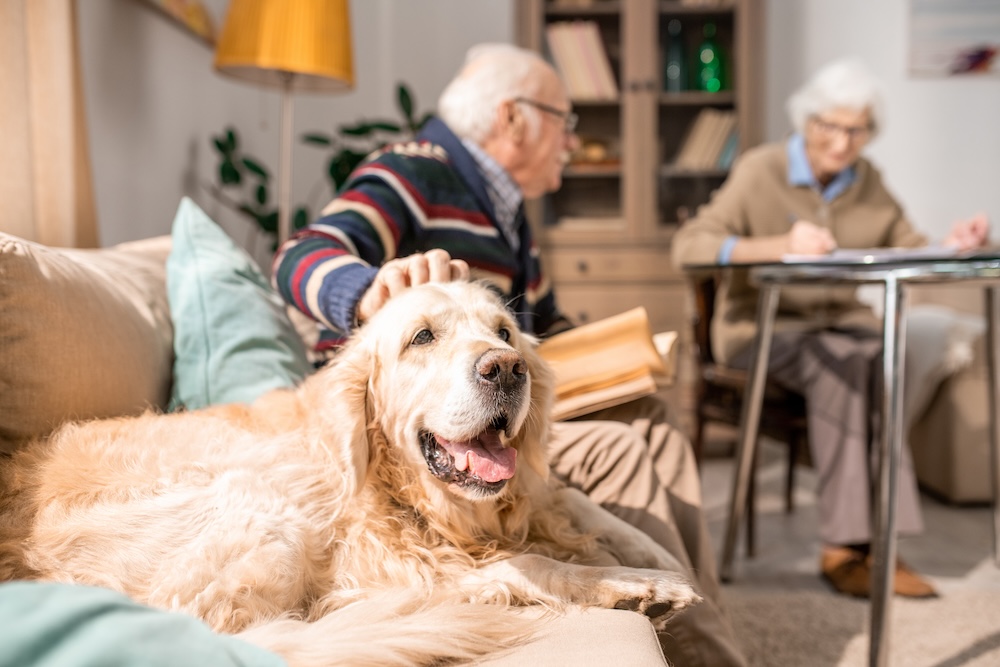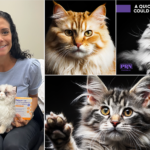Faithful Friends Expands with New Veterinary Facility and Cat Specialty Center in Dublin, Ohio
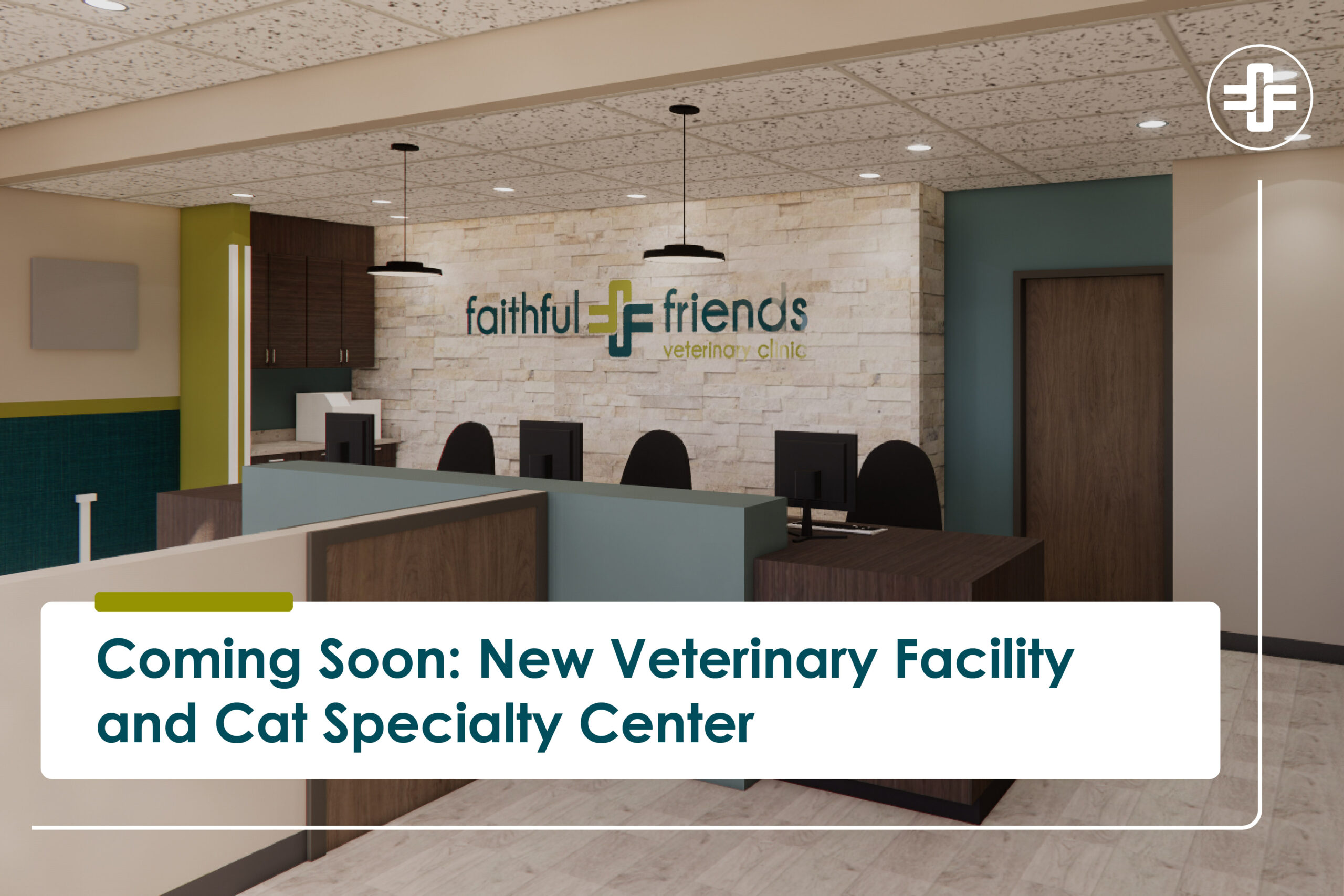
Top-rated animal hospital Faithful Friends is proud to announce they are moving to a brand-new, state-of-the-art facility, located at 6780 Liggett Road in Dublin, Ohio. The upgraded Veterinary Clinic and Cat Specialty Center will officially open its doors to the public in July 2025.
Spanning 7,000 square feet, the new facility reflects Faithful Friend’s deep commitment to veterinary excellence. With upgraded amenities and an enhanced layout, the space has been thoughtfully designed to ensure an exceptional care experience for dogs, cats, and their families (known as pet parents to the Faithful team). Notable features include a designated radiation treatment area for Hyperthyroidism, expanded surgical suites, elevated medical boarding accommodations, and cat friendly exam rooms.
The building was also purpose-built to reduce stress and create a more comfortable, calming environment for all visitors, offering separate, spacious waiting areas for dogs and cats, and a designated comfort room for consultations, hospitalized patient visits and to support clients during end-of-life care.
Faithful Friends owners and veterinarians, Dr. Michael Henricks, and Dr. Ashlie Saffire, DABVP (Feline), are excited to welcome both new and existing patients to the Liggett Road clinic. The updated location will continue to provide the full spectrum of compassionate, high-quality care Faithful Friends is known for, including routine exams, vaccinations, preventative care, dental wellness, diagnostics, and emergency services.
“We’re excited about the new facility because it’s a testimony of pet parents’ trust in the way we practice veterinary medicine and the bonds we’ve built since moving to the area in 2015. As local business owners, that is such a great feeling. The expanded space will allow us to care for more patients and provide additional medical services. We look forward to being part of the community and caring for the pets of the area for years to come.”
As a Feline Veterinary Medical Association Gold Level Cat Friendly Practice, Faithful Friends will also continue offering specialized feline care through its new Cat Specialty Center, led by Dr. Ashlie Saffire—the only practicing board-certified feline specialist in Ohio. Dr. Saffire’s expertise in feline medicine enables the center to deliver complex disease management, minimally invasive diagnostics, and advanced feline-specific surgical procedures, as well as accept referrals from general veterinary practices whose teams may not have the resources or expertise to manage more advanced feline cases.
In addition to her work at the Cat Specialty Center at Faithful Friends, Dr. Saffire also contributes to veterinary research, serves as President of the Feline Veterinary Medical Association, co-tutors the University of Sydney’s Feline Medicine Distance Education Course, and works closely alongside The Ohio State University Veterinary Medical Center Clinical Trials Office to offer patients of Faithful Friends access to local studies. She is also Fear Free and Cat Friendly certified – two credentials that directly impact cat comfort during a visit, creating a better experience for animals and pet parents alike.
Faithful Friends has also built a trusted network of partners that pet owners can rely on for services like boarding, grooming, and emergency care. Each recommendation is thoughtfully selected, backed by years of personal and professional experience to ensure the highest quality support for pets and their families.
For more information about Faithful Friends’ service offerings or to schedule an appointment, dog or cat owners can call or text 614-389-0997 or visit https://faithfulfriendsvetclinic.com/



